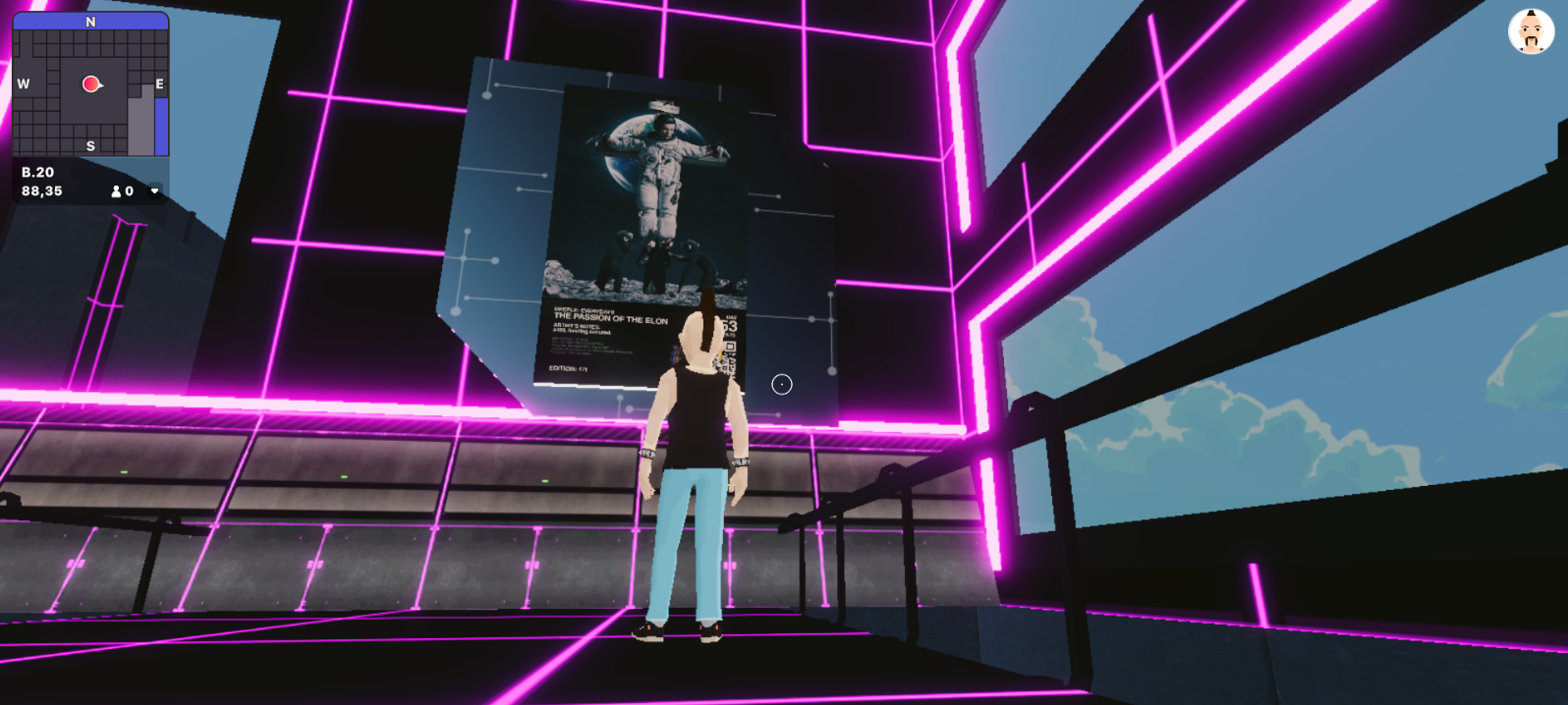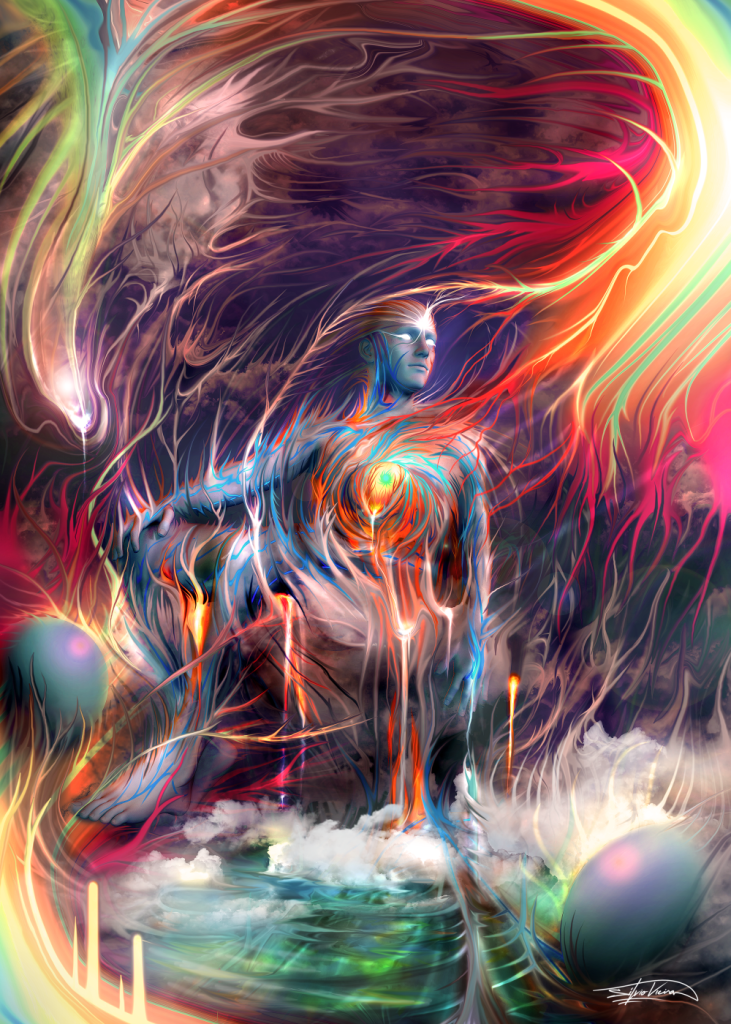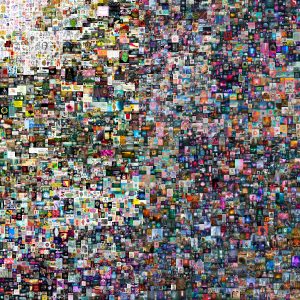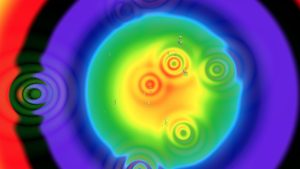Ryan Zurrer
The venture capitalist talks about his collection of digital works by Beeple, Mad Dog Jones, Ash Thorp, IX Shells, and others.

MetaKovan was catapulted into the media spotlight in March 2021, after being unveiled as the buyer behind the record-breaking sale of Beeple’s Everydays: The First 5000 Days. The previous year the Indian-born coder-turned-investor and his then-business partner Twobadour had set up Metapurse, a crypto fund for collecting NFTs and related investments. Their ventures included the B20 token, which fractionalized ownership of twenty NFTs by Beeple (not including Everydays) in the Metapurse collection. Since then MetaKovan—now operating solo and currently based in Singapore—has turned his focus to commissioning artworks. He spoke to Outland about how his latest project, a collaboration with Olafur Eliasson, has reoriented his outlook on the blockchain.
When I was a kid, my mom was one of the few people in our small Indian town who owned a computer. This was around 1997 or ’98. My first experience of technology was playing these 2D games. When I started to understand that they were all code, that you can write code and it becomes something, I got very excited. Our town had a lot of manufacturing—cars, trucks, bikes—but I could never imagine cracking into one of those industries. You need capital, you need land, you need people to work for you. With technology, you can make things by yourself. So I started hacking systems, trying to understand how they worked, and writing software, and eventually this turned into making tools that other people could use.

Crypto came into my life in around February 2013. I thought that was early, but compared to the OG Bitcoin people I was pretty late. And it was totally accidental. I was still living in India then, with no network: there wasn’t a culture of meetups or anything like that. But at the time I was interested in financial instruments and derivatives. I used to trade them to understand how they worked. One day I did a search online for how to move money from one broker to another without using a bank. That’s where Bitcoin showed up. I clicked on the link, and jumped in.
It’s been an amazing journey. I’ve met so many people from different countries, different walks of life, ages, cultures. Basically all the travel I’ve ever done in this world has been because of crypto—traveling to meet clients or for conferences. It may seem like you’re taking everything away and putting people in front of a screen but crypto is what took me from being in front of a screen to being out in the world.
I can’t remember when I first heard the term “NFT.” I do remember that I didn’t fully understand it at first, I just saw that there was something important happening here, that this was a new industry. But my interest in NFTs grew more when I started working with artists in the physical world, separate from crypto. I got introduced to the film industry and started getting into discussions about art, cultural hegemonies, and how value gets attached to different objects. With art, it’s primarily Western museums and institutions that decide what to anoint. When NFTs started coming through, I thought: Here’s a way to disrupt the traditional hierarchy of who gets to assign value—to decentralize it, to bring in all the cultures and countries around the world that are usually left out of these decisions.
I set up the Metapurse fund as was a way of earkmarking an amount I could spend on NFTs and not expect anything from it. I didn’t want to use anyone else’s money, so I could have complete freedom, and not worry about the market.
The first NFT I collected was a piece of land in Decentraland. I didn’t feel comfortable holding land in the real world. Really all you own is the government’s permission to hold that land. With virtual land, maybe you can’t grow rice on it, but you can own it without anyone’s permission, and no-one can take it away from you. Having sovereignty over that purchase was such an interesting thing.

Since then, I’ve collected different kinds of NFTs—land, a few artworks, collectibles. I think about NFTs as a bit like a compact disc: you can put the best movie on it, or the worst movie, or it can be totally empty. It’s just a technology. The NFTs I’ve collected specifically are projects which I felt indicated a change in how the technology is being used, or inspired me to change my ideas in some way. When these changes happen I’m always very excited, even if it might not be the best-looking or best-sounding piece of work—the meaning for me is not about these external attributes.
I never expected the amount of media attention that the Beeple sale got. At the time, my perspective was just: I’ve been collecting NFTs, I’ll collect this, and I’ll collect a few more. Then it was this huge event, which I was very happy about, but it shook me. Suddenly there was a rush of people getting in touch and suggesting all these different projects—all these different possible paths.
Acute Art was one of the companies that reached out after that sale. At first I wanted to build something around the Beeple piece, some kind of virtual experience. Then they put me in touch with Olafur Eliasson. I didn’t know who he was at first, but with great people you don’t need introductions. I immediately felt inspired by our conversation. I deprioritized everything else. Over the next year we spent hours and hours talking over Zoom. This was during the pandemic, so we didn’t meet for around eight or ten months but eventually I got to visit the studio as well.

The process of working on Your View Matter (2022) with Olafur has changed everything about how I understand art, collecting, and even crypto. Initially I had asked if he could build something on the Decentraland plot—he entertained me at first before slowly ripping apart the whole idea. He made me rethink the whole concept of financializing crypto, financializing experiences, financializing land. Why should I be part of some space that’s been split into plots and sold, when there is infinite digital space to create your own work? I still haven’t sold any of my land but I am definitely taking a critical view on these questions.
For me, what is most significant about NFTs is the accessibility—that you can see and discover them wherever you are in the world. I think it’s incredible that people who might never be able to travel to a museum in Europe can view an Olafur Eliasson artwork in their own homes. At the same time, my own journey with creating things digitally has enabled me to travel all around the world. I don’t have a physical collection of art: even now, I still basically live out of a bag. I get anxious if someone gives me a book! I’m like, okay, now I’ll have to carry this around and keep it somewhere. I’ll have to get a bookshelf and then I can’t move places. I prefer the freedom of living a digital life.
—As told to Gabrielle Schwarz
